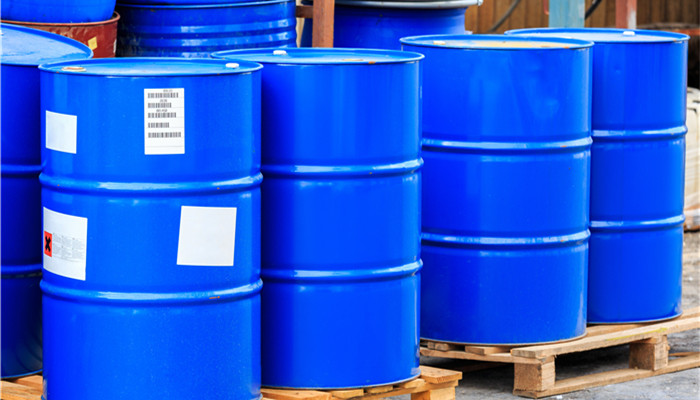
The bio-based coatings market is still in its infancy, but the market development momentum is strong
Bio-based coatings are coatings formulated with bio-based emulsion as the main film-forming substance, pigments, extender pigments and various additives. Bio-based coatings are a type of bio-based materials. Compared with traditional petroleum-based coatings, bio-based coatings have the characteristics of renewable raw materials, energy conservation, and low carbon emissions. They are an important direction for the development of the coating industry.
In the context of carbon neutrality and carbon peak strategies, bio-based materials have become the focus of competition in various countries around the world. It is expected that the annual output value of the global bio-based materials industry will reach more than US$14 billion in 2022. The development of the bio-based materials industry has also brought new development directions to coating products. The bio-based coatings market has attracted increasing attention. Europe, the United States, Japan and other regions have carried out research on bio-based coatings and achieved certain results.
According to the “2022-2027 China Bio-based Coatings Industry Market In-depth Research and Development Prospects Forecast Report released by the Industrial Research Center, The bio-based coatings market is still in its infancy, but under the background of carbon neutrality and carbon peak, the bio-based coatings market has strong development momentum. It is expected that from 2022 to 2026, the global bio-based coatings market will grow at an average annual compound rate of more than 9.0%. The growth rate increases and reaches over $15 billion in 2026.
Globally, the bio-based coatings market is mainly distributed in Europe, North America, and Asia-Pacific. Bio-based coatings are a new development trend in the coatings industry. The market has attracted many companies, including AkzoNobel, PPG, Sherwin-Williams, and Imperial Sman, Nippon Paint, Stora Enso, Shenzhen Haichuan New Materials, Guangdong Jiabaoli, 3KESUS, Chenyang, etc.
Driven by technological progress and the improvement of corporate R&D capabilities, the types of bio-based coatings are becoming increasingly rich, with categories such as bio-based antifouling coatings, bio-based heavy-duty anti-corrosion coatings, bio-based anti-rust coatings, and bio-based nano-waterproof coatings appearing. The production cost of bio-based coatings is high, which limits the large-scale development of its market. Therefore, in the short term, bio-based coatings cannot compete with petroleum-based coatings. However, in the long term, bio-based coatings are expected to become more popular in coatings due to their performance and favorable policies. Dominate the market.
In terms of standard preparation progress, on June 17, 2021, the “Bio-based Emulsion Interior Wall Coating” was drafted by CNOOC Changzhou Paint Chemical Research Institute, Dow Chemical (China), AkzoNobel Paint (Shanghai) and other companies. Officially released, the standard will be officially implemented on September 17, 2021. The formulation of this standard will play a positive role in promoting the development of the bio-based coatings industry.
Industry analysts said that the current bio-based coatings market is still in its infancy and has not yet achieved large-scale application. However, bio-based coatings are coatings An important direction for the development of the industry, under the background of carbon neutrality and carbon peak strategies, the bio-based coatings market has strong development momentum. With technological advancement, improved standards, and favorable policies, the bio-based coatings market will usher in good development opportunities, and its proportion in the coatings market will continue to increase.

 微信扫一扫打赏
微信扫一扫打赏

